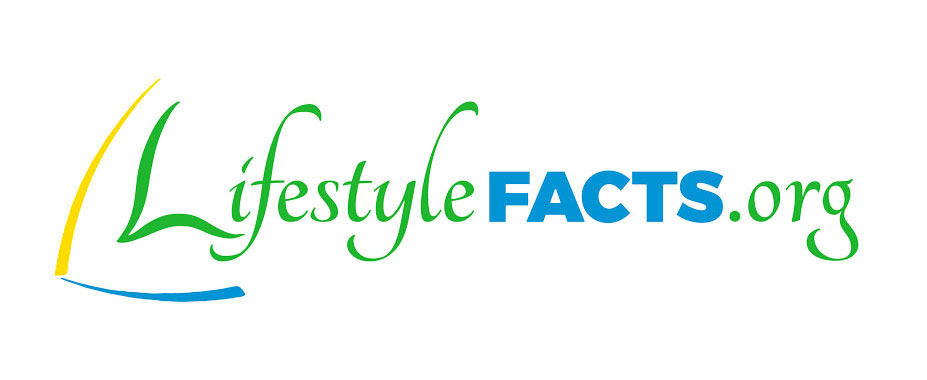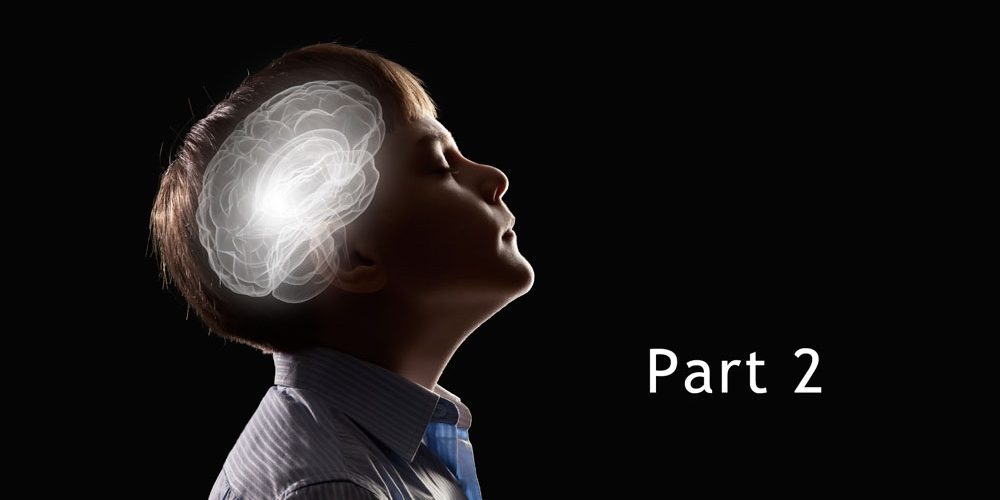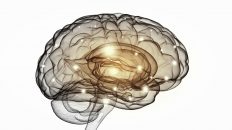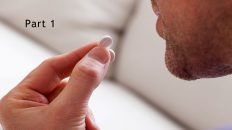By Jerry Morris, PsyD, MsPharm, MBA
MB (Marc Braman, MD, MPH):
Okay, so we’re dealing with this very sloppily and inaccurately is what I’m hearing. Let’s assume for a minute that someone gets correctly diagnosed and they truly do have true Attention Deficit Disorder, what would best treatment look like?
JM (Jerry Morris, PsyD, MsPharm, MBA):
That’s really the fundamental question for the Attention Deficit Disorder spectrum. First of all it’s a mood disorder that runs in families that has a manifestation not only in behavioral symptoms, but actually good scientific studies have shown that there are brain development components to this disorder and there are retardation of certain areas of the brain’s development and there are deficits of interconnections among brain parts, so that experience matters, and we always have a family assessment because these mood disorders run in families. They are often involved in a multi-generational projection process. And so to assess an Attention Deficit Disorder without assessing the family in detail, the psychosocial history or developmental experiences, and to look at this in both a qualitative and normative way to compare the child to hundreds of thousands of other children in these normative tests would be an inaccurate way to diagnose. You can’t diagnose attention deficit disorder in a 20 to 30-minute interview with the child.
MB:
So as far as if I’m trying to get a picture in my mind of best treatment for Attention Deficit Disorder, give me some broad-strokes percentages. What percentage of that best treatment is medication, working with the family, some other form of therapy, what is that 100% made up of?
JM:
Well-framed and you’re a doctor and a clinician and you think about treatment planning in a very systematic way. Yes, first of all when you’ve established the diagnosis, you’ve also established that there are probably significant family components to the illness. So at least 25% of your treatment would be with the family and there’s lots of literature and monographs, books out, to report on this, and family interventions have shown to be very effective with all of the mood disorder families and Attention Deficit Disorder. Secondly, medications can help because again medication’s jobs are to bring some of the symptoms of a larger syndrome under control enough to have more treatment compliance, better response to treatment and to stabilize the most difficult or risky components of early treatment.
JM:
And so that might be 15% of the need, and we have several medications out now that we use for Attention Deficit Disorder and we’re starting to have sophisticated enough families and parents to move away from just the amphetamine groups that have lots of side effect and long-term growth and intellectual risk, and move into some other categories of medicines now. But also, if you’re only going to control about 15% of the symptoms, (but that’s very helpful in school and family settings) then you would want to move to both the individual therapy and really brain building components of the treatment also for a large part of the treatment plan.
MB:
Excellent. So I’m hearing 25-plus “family,” 15% or so “medication” and then the rest is, it sounds like, addressing the cause, and working on getting these disconnected systems connected and functioning.
JM:
That’s exactly right. The brain is difficult to change. That’s why we give grade school teachers multiple years. But we send kids to grade school because grade school teachers change our brain and so this takes a lot time, and the brain resists change. Otherwise, we’d be like a clown with a new face every day. And so it’s technical. It takes a lot of work. Probably the more severe parallel to the Attention Deficit Disorder interventions is the autistic child that has some of these same kind of brain malformations and things that take a lot of time and thousands of repetitions, and lots of interventions to start to rewire the brain.
MB:
Good. So, now I hope our listeners have at least a frame of reference, a reference point, as to what best treatment should look like if well done. And I think that’s going to be extremely helpful. Thank you, Dr. Morris.
JM:
Thank you, Marc.
Issues in the diagnosis of attention-deficit/hyperactivity disorder in children. Barkley RA. Brain Dev. 2003 Mar;25(2):77-83. Review.
Self-directed behavioral family intervention for parents of oppositional children in rural and remote areas. Connell S, Sanders MR, Markie-Dadds C. Behav Modif. 1997 Oct;21(4):379-408.
Attention Deficit Hyperactivity Disorder: Effectiveness of Treatment in At-Risk Preschoolers; Long-Term Effectiveness in All Ages: and Variability in Prevalence, Diagnosis, and Treatment (2011). Agency for Healthcare Research and Quality U.S. Department of Health and Human Services 540 Gaither Road Rockville, MD 20850 www.ahrq.gov Contract No. MME2202 290-02-0020. AHRQ Publication No. 12-EHC003-EF.





